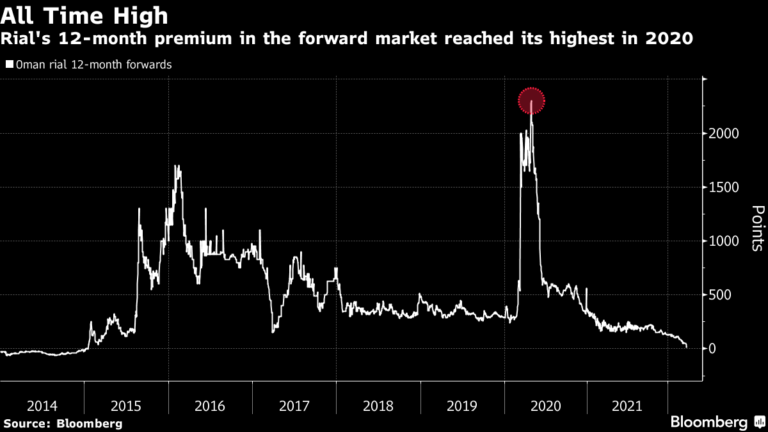How Ethanol and E15 Gas Fit Into Biden’s Plans to Fight Inflation

1. What does ethanol do?
It provides oxygen, making gasoline burn more cleanly in engines. The biofuel E10, so named because it contains 10% ethanol and 90% gasoline, is widely accepted and available at U.S. gas stations. E15, with its 15% ethanol, is currently 5 to 10 cents cheaper per gallon than E10, a discount that’s especially appealing in these times of sky-high fuel prices. However, ethanol is corrosive, and some critics believe that E15 can cause damage to cars. In 2011, the EPA authorized the use of E15 for newer cars made in 2001 and later. But it’s still not common at U.S. service stations; just about 2,300 of the nation’s more than 150,000 filling stations sell E15. And E15 is typically banned in most areas of the U.S. during the summer months.
2. Why is summer an issue?
Since the heat of summer increases the evaporation of all liquids, including gasoline, the EPA has had more stringent rules in place between June 1 and Sept. 15 to regulate Reid vapor pressure, the propensity for gasoline to evaporate and lead to smog. The EPA has granted E10 a waiver from the vapor pressure limit, but not E15.
3. What change is Biden making?
The U.S. Environmental Protection Agency, which regulates air pollution from gasoline, is issuing a national emergency waiver to allow E15 fuel to be widely sold this summer, even in areas where it’s typically off-limits. The move temporarily exempts E15 from air pollution requirements that block the fuel’s sale in most areas of the country from June 1 to Sept. 15.
4. Why is this change temporary?
The EPA tried making the change permanent in 2019 under former President Donald Trump, issuing a rule allowing year-round sales of E15 even in areas where smog is a problem. The nation’s top refining trade group successfully challenged the regulation in federal court, and the rule was tossed out two years later. Ethanol producers have lobbied the Biden administration to try again. The three-and-a-half-month summer blackout period deters some retailers from offering E15 at all, since they’d need to change pumps and warning labels at the start and end of each summer.
5. Who supports year-round use of E15?
Mainly agricultural interests in the Midwest. Corn use for ethanol has more than tripled since 2005, when President George W. Bush enacted the Renewable Fuel Standard that compels refiners and fuel importers to use a variety of biofuels. Ethanol now accounts for about 10% of U.S. gasoline usage, up from less than a 10th of 1% in 1993. Demand also was given a boost by the Clean Air Act amendments of 1990, which spurred the use of ethanol as an oxygenate to combat pollution. Support for ethanol is a political litmus test in the Midwest U.S.; while campaigning for the presidency in 2020, Biden promised to “promote and advance renewable energy, ethanol and other biofuels.”
6. Who opposes year-round use of E15?
Oil companies have battled it for years, warning about potential engine damage from motorists inadvertently pumping the fuel into vehicles and other equipment not approved to use it. Some automakers warn that car warranties would be voided if motorists use E15. Oil refiners worry that increased use of ethanol will pare their share of the fuels market. (This risk is less acute for refiners that also produce ethanol, such as Valero Energy Corp.) Some environmental activists argue that expanding the availability of E15 will drive the production of more corn, resulting in more prairies being plowed and waterways polluted by agricultural runoff.
7. What would broader use of E15 mean for industry?
Not very much, especially right away under the emergency waiver, since the necessary equipment to distribute E15 is limited and concentrated in the Midwest. For refiners and fuel importers obligated to blend renewable fuels into their products, the move could trigger the generation of more biofuel credits and modestly lower the price of compliance. A long-term shift to allow E15 sales year-round could mean a gradual reduction in U.S. demand for petroleum, which refineries can offset with increased exports.
More stories like this are available on bloomberg.com
©2022 Bloomberg L.P.







